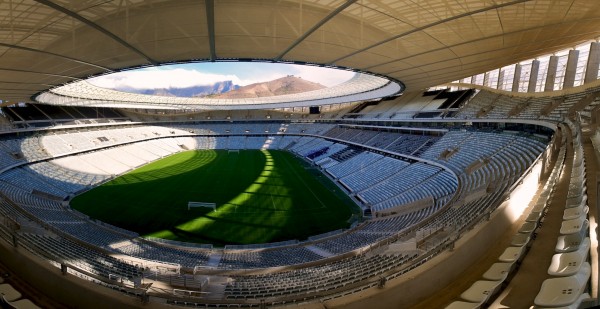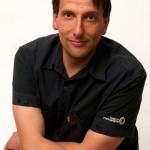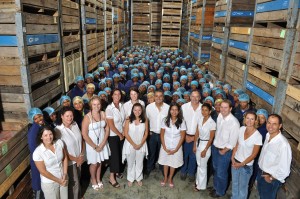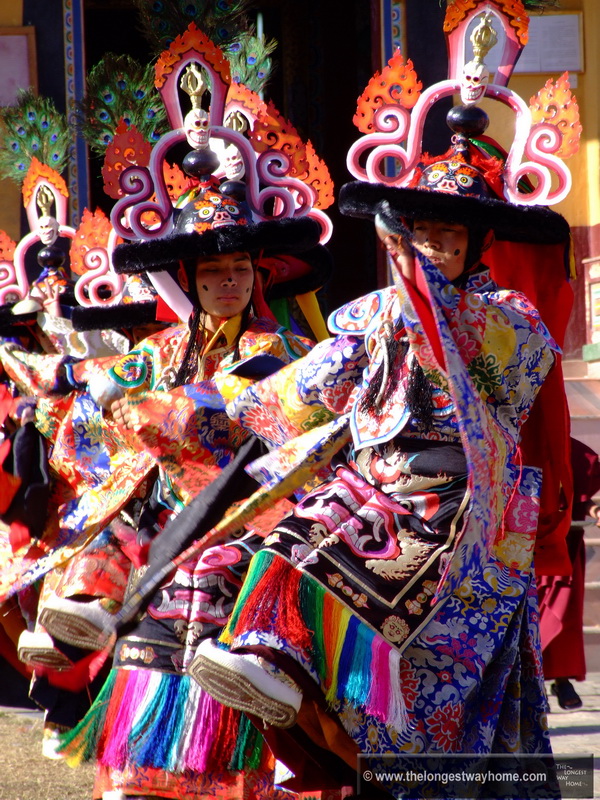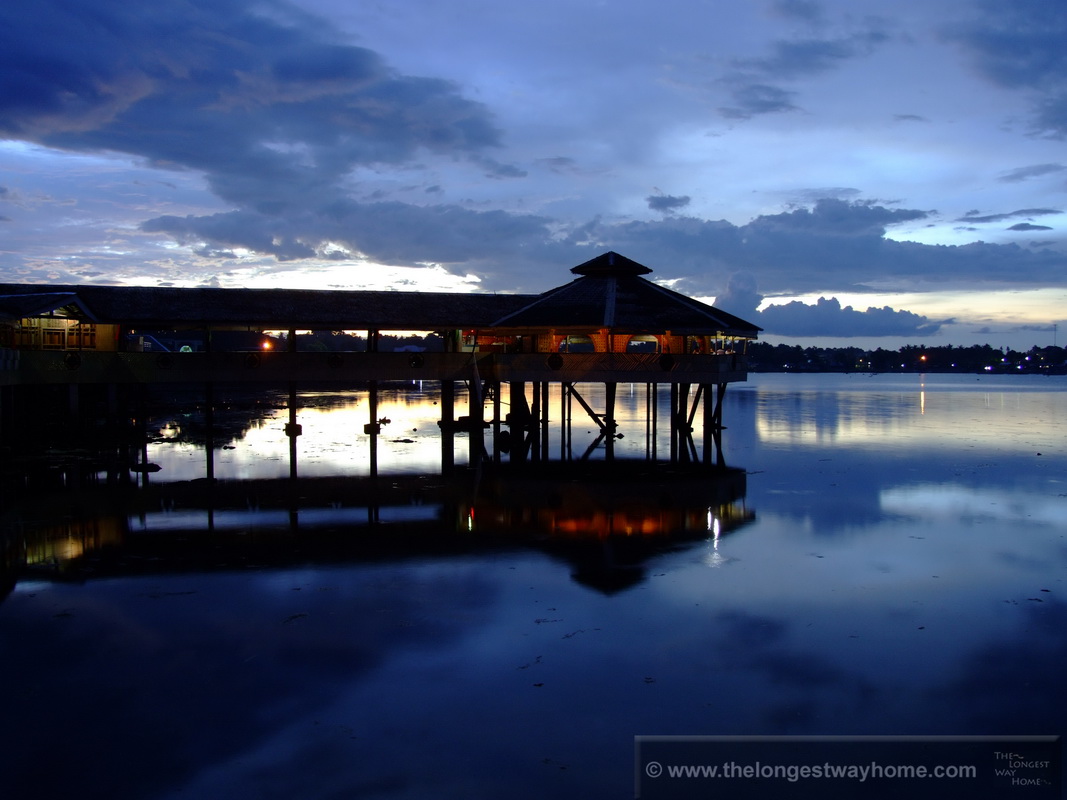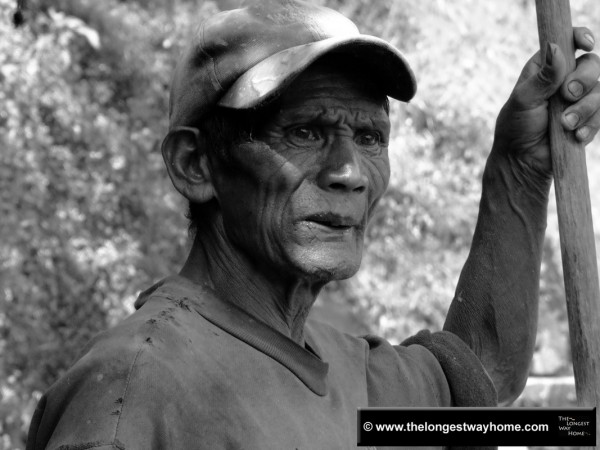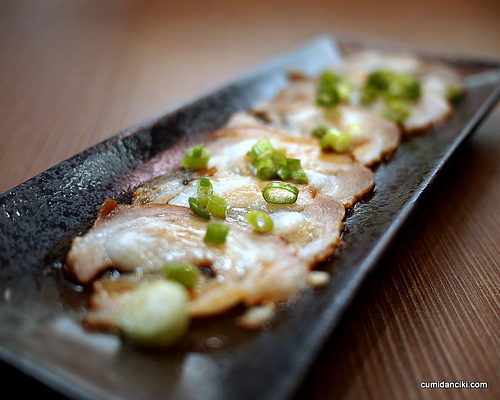
Premier food blog Cumi dan Ciki is a sensory delight. Though focused on Malaysian cuisine, it rises above other food blogs by adding in a dash of humor, a sprig of travel news, a sprinkle of movie reviews and scoops of great food photography.
Run by Mei Teh and her husband Joe, we take a look at the sites main ingredient – great food photography and how it’s all done …
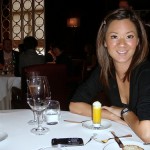
FotoArk: How did your website start? Was it just a personal blog, or have you always been photographing and, writing about food?
Our blog started out a couple of years back as a means to journal our travels and related photos. However, because we enjoy eating so much (as do other Malaysians!) this blog soon took on the form of a food blog…
[learn_more caption=”Click here to learn more about where the name of Cumi & Ciki comes from …”]There is Cumi-Ciki but who is ‘Dan’? For non-Malaysian or Indonesian readers (our languages are similar but have vast differences too), ‘Dan’ is not an imaginary person but the English word ‘And’. It’s not spelt backwards but that’s how it ‘s translated in Malay language. Since we used it in our original Blogger site, we kept it the same here. Cumi & Ciki is a Malaysian food and travel blog, which also tells of our worldly adventures! The name is derived from a popular educational television puppet show for Malaysian children in the 70s and 80s. This is the tale of the two traveling, eating, thrill-seeking monkeys from Kuala Lumpur, the capital city of Peninsular Malaysia. Ultimately food and culture go hand in hand and we strive hard to convey this via our blog on a daily basis.[/learn_more]
FotoArk: Tell us how you set up a photo shoot? Do you talk to the restaurant before and make a private appointment. Or do you just show up and start ordering?
Well sometimes we just walk in, sometimes we get emails or a phone call, requesting we pay the restaurant a visit. How and what we write is entirely up to us. We receive no monetary compensation for the review nor are we obligated to write a positive review if the food turns out, not entirely up to expectations.
FotoArk: Have you ever had a problem with a restaurant owner not letting you shoot there, and how did you deal with this?

No, not really. If they say, no shooting, we respect their wishes. These days, restaurants actually welcome food bloggers. Free publicity is great anyway, don’t you agree? (we do!)
FotoArk: Many food photographers photograph food on a plate when its cold. Using things like soap bubbles on bacon etc to make the food a lot more appetizing. Do you do the same, or do you shoot the food live as it is?
Never. We shoot it as it is. Otherwise it defeats the purpose of blogging and keeping it real. Ours is a blog, not a food magazine.. no air-brushing required nor allowed;)
FotoArk: All of your food photographs are well lit, and the lighting beautiful. But restaurants are often low in light. Can you tell us if you use any special lighting to capture your work?
Invest in a good lens and a good flash. It’s not rocket science… just straight up photography. Take a clear, crisp shot and you are home free. No point having fancy props or a huge-ass camera if you cannot just nail one clear shot, right? I used to take shots on a point and shoot and now, a better camera. One thing remains the same. The clearest shot is the shot that you will end up using on your blog and that will make people hungry for more!
FotoArk: What’s the biggest challenge in photographing, and writing about food, and how have you overcome it?
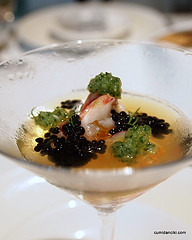
and you want to be writing till a ripe old age, you need to read. Don’t ever stop reading. Read anything and everything you can get your hands on (not necessarily just about food). Read in the loo, on the bus, in the subway.. read! No input.. no output. Again, not rocket science;)
FotoArk: A pro camera is better than an entry level camera in the hands of an intermediate. Would you agree, or not?
I disagree. I am living proof 😛
FotoArk: What would you answer if a client asked you this: “What makes you different from any other photographer?” (eg, why should we hire you)
If you like what you see on my blog, by all means let’s have coffee and a chat!
Many thanks to Mei for joining us & letting us in on her great world of food photography!
Interested in hiring Mei for a restaurant review or photo shoot? Here’s some more information:
[author] [author_image timthumb=’on’]https://www.fotoark.com/wp-content/uploads/2010/11/Meh-Teh.jpg[/author_image] [author_info]
- Do you currently sell your photographs: No
- Do you currently offer stock photography: No
- Would you be willing to sell your photographs to an agency? Yes
- Would you accept a contract for photoshoot: Yes
- Where are you available to photograph? Malaysia
- How can someone contact you for work? cumidanciki at gmail.com or twitter @agentcikay
- Where can we see a gallery of your work? Top posts from Cumi & Ciki
[/author_info] [/author]
All photographs in this article are sourced with permission and the copyright of www.cumidanciki.com

